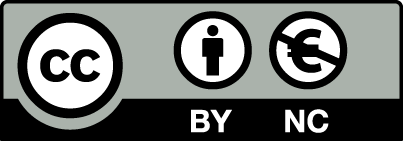Youth and Violence: Between Perception and Reality
Keywords:
youth, delinquency, violence, societal response, media, professsionalsAbstract
Youth violence in the past few decades provokes increasing public attention, to lay people and professionals as well. Examples of tragic cases of juvenile violence, thanks to sensational media coverage, encourage many public discussions about juvenile delinquency and the appropriate social response. The media created images of violence and juvenile delinquency generates an atmosphere in which citizens raise issues of security in society (both for themselves and for their children) and the future of that society. Media portrayal of youth violence often result in a 'satanization "of young people, or in moral panic, by which is a complete segment of the population perceived as a potentially dangerous. This perception quite often results in demands for harsher punishment for young people, despite the current knowledge on ineffectiveness of this approach, but it satisfies the populist demands which indulge many governments. Harsher punishment (which is mostly limited to legislative changes and judicial practice) is also presented as a „sensitivity“ to citizens’ demand for greater security in society. In this context, experts and scholars are very successfully ignored and silenced because they fail to give recipes for "quick" solutions but point to the complexity of the problem and the importance of thoughtful and comprehensive strategy for dealing with a problem that needs to be based on realistic indicators.
The aim of this paper is an analysis of the differences in the construction of the "youth violence" regarding different approaches - the media-created perception on the one hand and current criminological knowledge, on the other hand, considering that different approaches yield different solutions. In the context of criminological knowledge, an overview of trends and structure of youth violence in the countries of the European area is given, as well as summary of the significant features and correlates of youth violence. Finally, a balanced approach in reaction to youth violence is proposed.
Downloads
Downloads
Published
Issue
Section
Categories
License
Copyright (c) 2020 Kriminalističke teme

This work is licensed under a Creative Commons Attribution-NonCommercial 4.0 International License.









